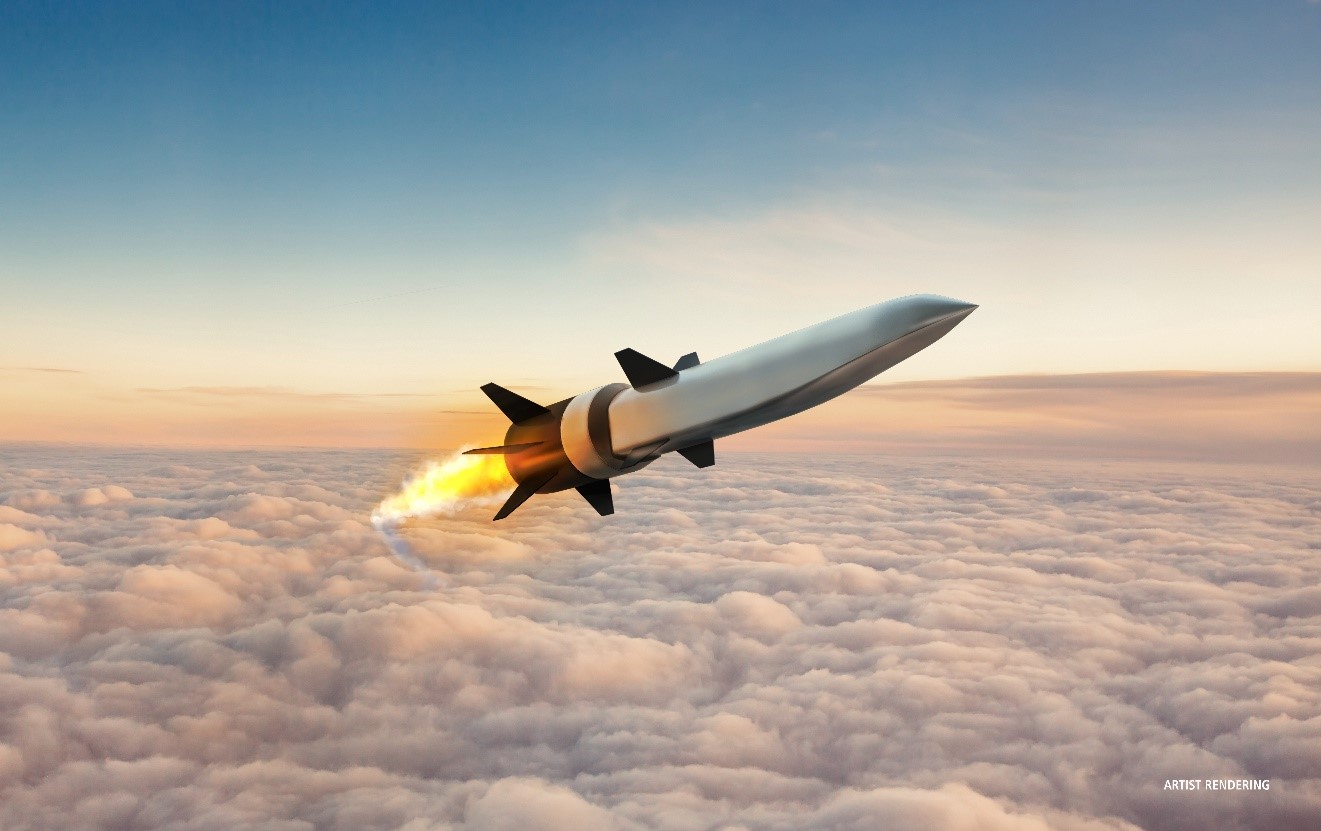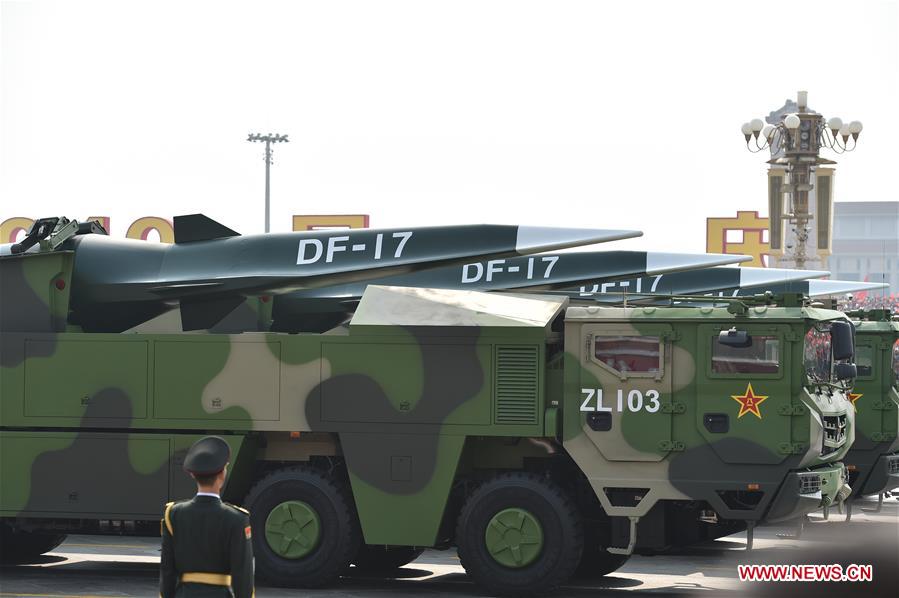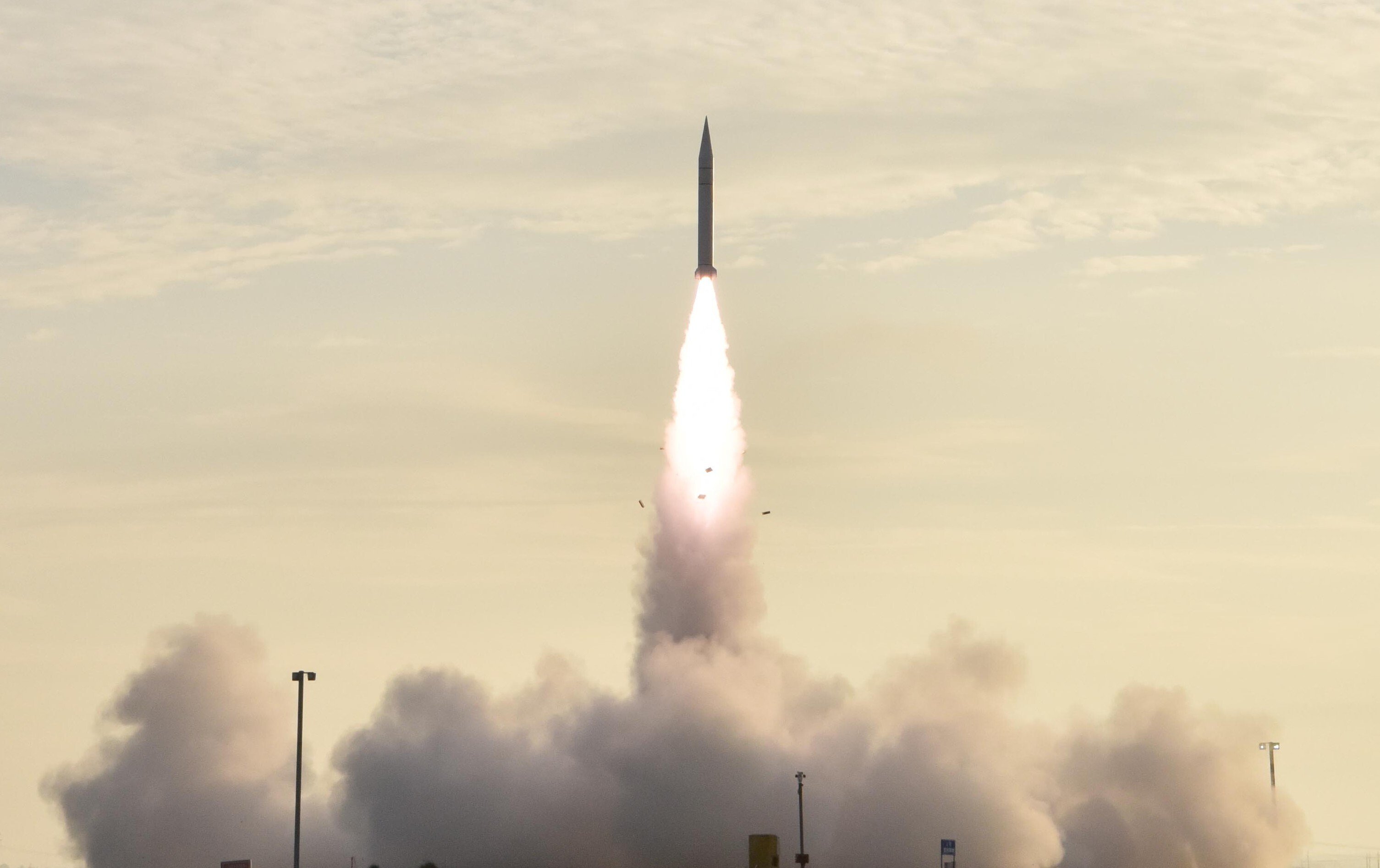When it comes to hypersonic weapons, the US’ near-peer rivals Russia and China seem to be ahead in the race. This fact, coupled with the understanding that Beijing has been betting big on Artificial Intelligence (AI) for the modernization of its military leads to a whole new possibility — the potential use of AI for providing accuracy to hypersonic weapons.
Meet Pakistan’s Maritime Patrol Aircraft That Reportedly Detected Indian Navy Submarine Near Karachi
Zooming At Mach 5 Speed, China’s ‘Untraceable’ Orbiting Nuclear Missiles Present Grave Threat To Global Democracies?
Recently, there were reports that China has tested a new hypersonic missile. However, China dismissed the report that it tested a nuclear-capable missile in August, clarifying that the test was a “routine spacecraft experiment.”
The FT had reported that “China tested a nuclear-capable hypersonic missile in August that circled the globe before speeding towards its target, demonstrating an advanced space capability that caught US intelligence by surprise.” The report quoted unnamed sources “briefed on the intelligence.”
However, China’s Ministry of Foreign Affairs spokesperson Zhao Lijian said the August test was “a spacecraft, not a missile.”
Earlier this year, US Strategic Command chief Charles Richard, speaking at the annual symposium on space defense, acknowledged that Russian hypersonic technology will provide the Russian Navy with an undeniable advantage.
As Space Tourism ‘Sky Rockets’, A Balloon Company Could Give Bezos & Branson A Run For Their Money — Watch
“Our current ground-based and space-based sensor system may not be able to cope with the detection and tracking of these missiles. I must admit that Russia is the world’s leading country in hypersonic technology. And if the enterprises of our defense industry in a short time do not figure out how to resist them, the ships of the fleets of the NATO countries will become vulnerable,” Richard said.

China Hypersonic Arsenal?
China has been aggressively developing hypersonic weapons. It currently has two lethal hypersonic missiles – the Dong Feng-17 (DF-17) and the DF-ZF Hyper Glide Vehicle (HGV).
US, Indian Army Train For Mountain Warfare, Cold-Weather Survival Amid Chinese Hostilities Along The LAC
The former is a medium-range missile or MRBM system equipped with an HGV. It can carry conventional as well as nuclear weapons and has a reported range of 1,800-2,500km and a launch weight of 15,000kgs.
The second is the DF-ZF HGV that can travel at speeds between Mach 5 and 10. It is apparently capable of performing “extreme maneuvers” to evade enemy defenses. The DF-17 has been designed to work specifically with the DF-ZF, exponentially amplifying both these weapons’ powers.

In addition to developing these advanced weapons, researchers from the PLA have reportedly made some changes to the software, enabling them to land hypersonic drones. Now, its researchers are looking at the integration of AI with these ultra-fast munitions.
AI In Military Domain
China’s military leadership has recognized that AI (artificial intelligence) and similar technologies including machine learning, neural networking, human-machine teaming, and autonomous systems (also referred to as ‘intelligentised weapons’) are crucial for achieving a headstart in next-generation warfare.
President Xi Jinping has mandated a “full modernization” of China’s People’s Liberation Army (PLA) by 2035. His government aims to put the Chinese military on par with the US military by 2050.
Russia Wanted To Pitch Its Su-57 Fighters Against F-22 Raptors; India ‘Deflated’ The Propaganda – US Media
To that end, the PLA is making headway into the research, development, and operationalization of AI for military utilization. Several laws and initiatives have been put in place to aid this endeavor.
For instance, the National Security Law (2015) and National Intelligence Law (2017) compel all Chinese organizations and citizens to help facilitate the establishment’s efforts. Meanwhile, the Civil-Military Fusion (CMF) aims to make use of the resources and research capabilities of the country’s privately-owned companies, universities, and research institutions to the defense forces’ advantage.
In another initiative that began in 2017, the communist country started designating its tech companies as “AI Champions” and allotting a particular area of AI to each of them to pioneer. As a result of investments made by the state, AI is likely to be readily accessible to the PLA in the foreseeable future.
AI-Powered Hypersonic Weapons?
SCMP reported that PLA missile scientists had said the accuracy of hypersonic weapons could be improved by more than 10 times if control is given to a machine.
Xian Yong and Li Bangjie, professors at College of War Support, Rocket Force Engineering University, said more decision-making power would be handed to the smart weapon. This would leave its human controllers with no clue as to how the weapon would behave after it had been launched.
However, they claimed that overall positioning accuracy “would increase by one to two orders of magnitude”.
Their paper proposes using AI to write the weapon’s software “on the fly”, while it moves at hypervelocity, through a unique flight control algorithm.
Satellite Images Reveal China Rapidly Shrinking Indian Air Force’s Tactical Advantage Over The PLAAF
Hypersonic weapons move at extremely high speeds leading to parts of an aircraft getting heated. This breaks air molecules into electrically charged ions which form a plasma coating that reduces the craft’s radar signature.
However, it can also leave the vehicle unable to pick up GPS signals or use other references for guidance, SCMP explained.
Such extreme conditions over long distances have forced reliance on built-in inertial sensors. The problem with them is that they only estimate a hypersonic weapon’s location, despite having state-of-the-art control software.
The researchers pointed out that physical disturbances to the sensors were inevitable during their assembly, transport, and routine maintenance. Additionally, every time the weapon is powered up, it impacts the hardware and causes deviations from the factory settings.
The team led by Xian and Li is of the view that factory settings could eventually be scrapped for good with the application of AI. While this would require considerable computing power, it is still feasible with current technology, the researchers said.

Using their method, the AI would start calculating immediately after launch, even before the weapon reaches hypervelocity, to compute its position using the signal from the GPS. These results would then be compared with the results generated by the onboard sensors to evaluate the actual condition of the hardware.
Relying on this new information, the AI would create a unique positioning algorithm for the weapon’s flight control program even before it entered the cruising stage of hypersonic flight.
Mid-Air Collision: F-22 Raptor, F-35 Fighter Jet Almost Crashed Into Each Other During US Air Force Drills
The researchers’ study reportedly displayed that an AI-based system could keep a hypersonic weapon on track with an accuracy of about 10 meters.
China’s Limitations
Despite big claims regarding upcoming military capabilities, China is still held back by certain organizational and technological limitations.
In late May this year, the China Aerospace Studies Institute (CASI), a research institute based at Maxwell Air Force Base that supports the US defense community, released a report entitled China’s Ballistic Missile Industry.

In the report, academics Alex Stone and Peter Wood noted: “While the Chinese ballistic missile industry has significantly modernized over the past 20 years, the rapid tempo of testing there appears to have shown incremental and iterative progress rather than radical breakthroughs. Advancements touted by Chinese media remain primarily significant in a Chinese context, and, likely, China is actually falling behind its competitors in terms of overall rocket development.”
Overhyped! Why China’s ‘Much Touted’ J-20 Jets, Despite New Engine & BVR Missile, Cannot End F-35’s Dominance?
They further said, “We echo the conclusions of the 2005 RAND study in noting that the ballistic missile industry remains a mixed picture and it is clear that structural and technical limitations remain.
China’s ongoing economic transformation will pose significant challenges for the manufacturing industry which is racing to improve automation but also facing talent attraction and retention problems.”
Although this skepticism was expressed regarding the PLA’s ballistic missile capabilities, it shows how what is reported isn’t always the case and ground-level problems remain. How this research will be combined with China’s longstanding developments in hypersonic weaponry and AI remains to be seen.
- Written by Shreya Mundhra/EurAsian Times Desk
- Contact the author at: shreyya.mundhra@gmail.com
- Follow EurAsian Times on Google News




